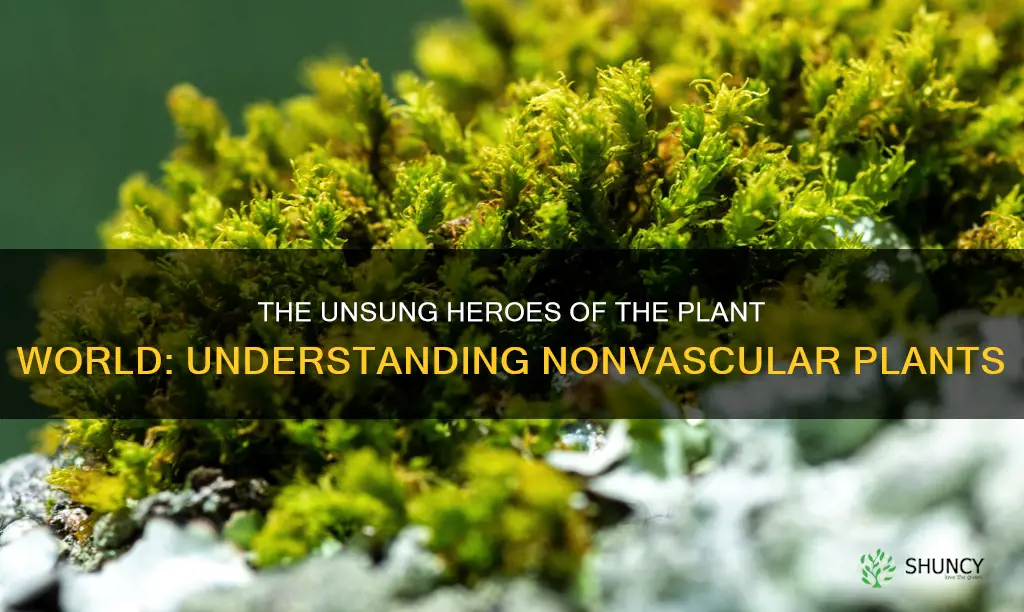The Unsung Hero of the Plant World: Understanding the Peduncle

The peduncle, often overlooked amidst the vibrant blooms and lush foliage of the plant kingdom, plays a crucial, yet often underestimated, role in plant reproduction and overall structural integrity. It’s the stalk that supports a flower, inflorescence (a cluster of flowers), or even a single fruit, acting as a vital conduit for nutrients and water, and influencing the flower’s position for optimal pollination. Understanding the peduncle is key to appreciating the intricate architecture and fascinating adaptations of the plant world.
What Exactly is a Peduncle? Defining its Role and Structure
At its most basic, the peduncle is the stalk that connects a single flower to the main stem or branch of a plant. Think of the elegant curve of a rose stem supporting its fragrant bloom – that’s a peduncle. However, the definition broadens when considering plants with inflorescences. In these cases, the main stalk that supports the entire cluster of flowers is the peduncle, while the individual stalks supporting each flower within the inflorescence are called pedicels.
Distinguishing Peduncles from Pedicels: Navigating the Floral Architecture
The distinction between peduncles and pedicels is crucial for accurate botanical description. Imagine a sunflower. The thick, sturdy stalk connecting the massive flower head to the plant’s stem is the peduncle. Now, within that sunflower head, each tiny, individual flower (disc florets and ray florets) is attached to the receptacle (the base of the flower head) by a small stalk – that’s a pedicel.
In essence:
- Peduncle: The main stalk supporting a single flower or an entire inflorescence.
- Pedicel: The stalk supporting an individual flower within an inflorescence.

Think of it like a family tree: the peduncle is the patriarch or matriarch, supporting the entire family (inflorescence), while the pedicels are the individual family members (flowers).
The Vital Functions of the Peduncle: More Than Just Support
While providing structural support is a primary function, the peduncle’s role extends far beyond simply holding up a flower. It plays a critical part in:
- Nutrient and Water Transport: The peduncle acts as a vital vascular pathway, transporting water and essential nutrients from the stem to the developing flower and subsequently, the fruit. Xylem and phloem, the plant’s vascular tissues, run through the peduncle, ensuring the flower receives the resources it needs for growth, development, and ultimately, reproduction.
- Orientation and Positioning: The peduncle’s length, angle, and flexibility influence the flower’s orientation. This is crucial for attracting pollinators. Flowers may need to face a specific direction to maximize sunlight exposure or to be easily accessible to insects, birds, or other animals. The peduncle facilitates this strategic positioning.
- Pollination Success: The peduncle’s structure can directly influence pollination success. In some species, the peduncle may elongate or change its angle after pollination to position the developing fruit for optimal sunlight exposure or seed dispersal.
- Fruit Development and Support: After pollination, the peduncle continues to support the developing fruit. It must be strong enough to bear the weight of the fruit as it grows and matures, preventing premature dropping.
- Seed Dispersal: In some cases, the peduncle plays a role in seed dispersal. Certain plants have peduncles that dry out and become brittle, allowing the fruit to detach easily and be dispersed by wind or other means.
- Defense Mechanisms: In some species, the peduncle may possess defense mechanisms, such as spines or hairs, to deter herbivores from feeding on the flower or developing fruit.


Variations in Peduncle Morphology: A Reflection of Evolutionary Adaptation
The morphology of the peduncle varies significantly across different plant species, reflecting the diverse evolutionary pressures they face. These variations can include:
- Length: Peduncles can range from extremely short and almost non-existent (sessile flowers) to remarkably long and slender, allowing flowers to hang freely. Length is often influenced by pollination strategy and environmental conditions.
- Thickness: The thickness of the peduncle is related to the size and weight of the flower or fruit it supports. Plants bearing large, heavy fruits will typically have thicker, more robust peduncles.
- Angle: The angle at which the peduncle emerges from the stem can vary greatly, influencing the flower’s orientation and exposure to sunlight and pollinators.
- Flexibility: Some peduncles are rigid and upright, while others are flexible and allow the flower to move in the wind. Flexibility can be an advantage in windy environments, preventing the peduncle from breaking.
- Texture: The surface of the peduncle can be smooth, hairy, spiny, or waxy, depending on the species and its adaptation to its environment. Hairs can provide protection from herbivores or reduce water loss, while a waxy coating can help prevent fungal infections.
- Color: While often green, peduncles can also be colored, sometimes matching the flower color or providing a contrasting hue. This coloration may play a role in attracting pollinators or deterring herbivores.
Examples of Peduncle Adaptations in Different Plant Families
- Poppy (Papaveraceae): The peduncle of a poppy is typically long and slender, allowing the flower to nod downwards before it opens. This "nodding" behavior protects the developing flower bud from rain and wind damage.
- Sunflower (Asteraceae): The peduncle of a sunflower is thick and strong, capable of supporting the large, heavy flower head. The peduncle also exhibits heliotropism, tracking the sun throughout the day to maximize sunlight exposure.
- Cherry (Rosaceae): The peduncles of cherry trees are relatively long and flexible, allowing the cherries to hang freely and be easily accessible to birds, which play a vital role in seed dispersal.
- Orchid (Orchidaceae): Orchids exhibit a wide range of peduncle adaptations, depending on the species. Some orchids have long, trailing peduncles that allow the flowers to dangle in the air, while others have short, erect peduncles that hold the flowers upright.
- Grape (Vitaceae): The peduncles of grapevines are called "rachis" and support the entire cluster of grapes. They are strong and flexible, allowing the grapes to hang down and receive optimal sunlight exposure.
Peduncle Abscission: The Controlled Shedding of Floral Parts
In many plants, the peduncle eventually detaches from the stem in a process called abscission. This occurs when the flower has been pollinated and the fruit is developing, or when the flower is no longer viable. Abscission is a controlled process involving the formation of an abscission zone at the base of the peduncle, where cells weaken and eventually separate. This prevents the plant from wasting resources on non-productive flowers or fruits.
The Importance of Studying Peduncles in Plant Science
Understanding the peduncle is crucial for various aspects of plant science, including:
- Plant Taxonomy and Identification: Peduncle characteristics can be used as diagnostic features for identifying different plant species.
- Plant Breeding: Breeders can select for desirable peduncle traits, such as strength, length, and orientation, to improve crop yields and quality.
- Plant Physiology: Studying the vascular transport within the peduncle can provide insights into nutrient and water allocation within the plant.
- Plant Ecology: Understanding the role of the peduncle in pollination and seed dispersal can shed light on plant-animal interactions and ecosystem dynamics.
Conclusion:
The peduncle, though often overlooked, is a vital structural and functional component of flowering plants. It supports the flower or inflorescence, transports essential resources, influences flower orientation, and plays a role in pollination, fruit development, and seed dispersal. Its diverse morphology reflects the remarkable adaptability of plants to their environments. By studying the peduncle, we gain a deeper appreciation for the intricate architecture and fascinating evolutionary history of the plant kingdom.
FAQ: Frequently Asked Questions about Peduncles
Q: What is the difference between a peduncle and a stem?
A: The stem is the main supporting axis of a plant, while the peduncle is a stalk that specifically supports a flower, inflorescence, or fruit. The peduncle arises from the stem or a branch.
Q: Do all flowers have peduncles?
A: No. Some flowers are sessile, meaning they lack a peduncle and are directly attached to the stem.
Q: What happens to the peduncle after the flower is pollinated?
A: After pollination, the peduncle continues to support the developing fruit. It may elongate, change its angle, or thicken to provide adequate support. In some cases, the peduncle will eventually abscise (detach) from the stem.
Q: Can the peduncle be used to identify plants?
A: Yes, peduncle characteristics, such as length, thickness, angle, and texture, can be used as diagnostic features for identifying different plant species.
Q: What is the function of hairs or spines on a peduncle?
A: Hairs and spines on a peduncle can serve as defense mechanisms, deterring herbivores from feeding on the flower or developing fruit. Hairs can also help reduce water loss.
Q: What is the rachis in grapes?
A: The rachis in grapes is the same as the peduncle. It is the stalk that supports the entire cluster of grapes.
Q: Are peduncles always green?
A: No, while often green, peduncles can also be colored, sometimes matching the flower color or providing a contrasting hue.
Q: How does the peduncle contribute to pollination?
A: The peduncle’s length, angle, and flexibility influence the flower’s orientation, which is crucial for attracting pollinators and ensuring successful pollen transfer.
Q: What is abscission?
A: Abscission is the controlled shedding of plant parts, including the peduncle, when they are no longer needed or viable.
Q: Why is it important to study peduncles?
A: Studying peduncles provides insights into plant taxonomy, breeding, physiology, and ecology, helping us understand plant adaptations, improve crop yields, and conserve plant biodiversity.
